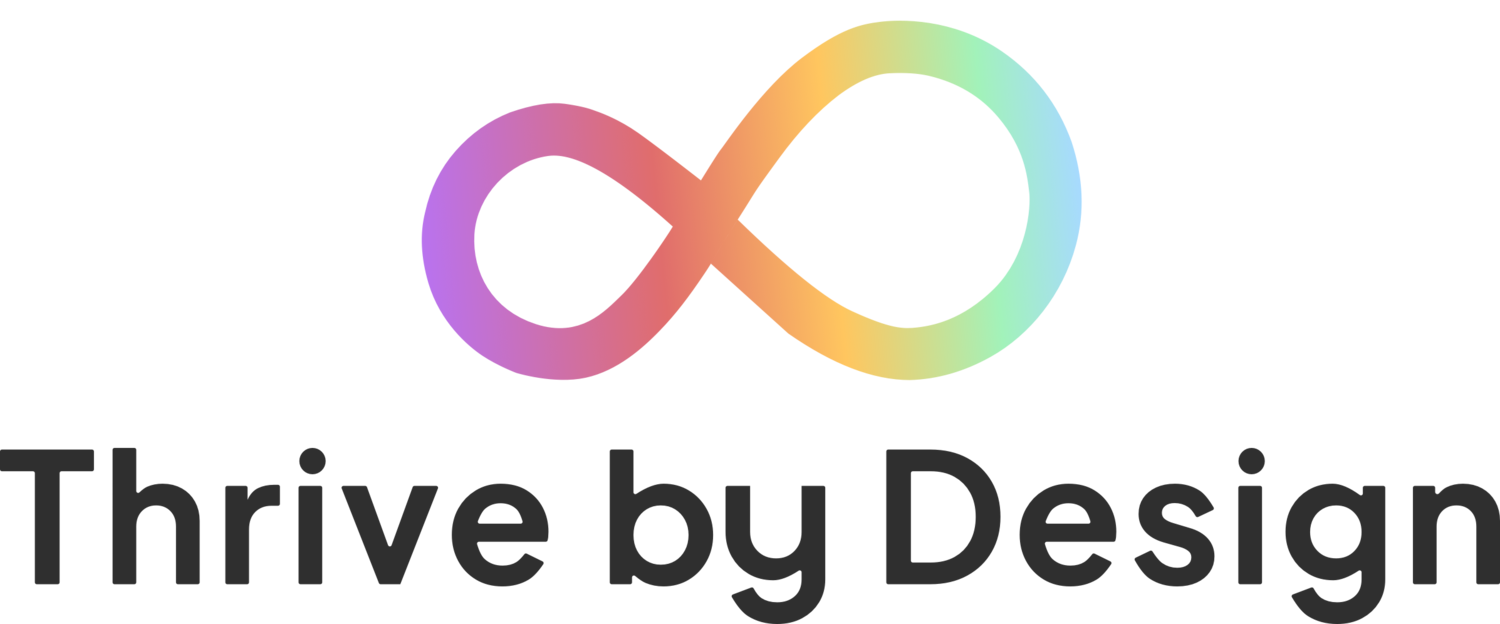Inclusive Digital Transformation in Yorkshire and the Humber
Introduction
There are approximatley 14.9 million people who are not able to easily access and use digital. These people are more likely to be in groups who most need health and care services, therefore there is a high risk that the digital transformation of health and care services will compound exisitng health inequalities.
In recognition of this challenge and by the invitation of Dawn Greaves (Digital lead for West Yorkshire and Harrogate Health and Care Partnership), Thrive by Design put forward a proposal to the Yorkshire and Humber Digital Board to undertake a discovery process to learn more about how to co-design inclusion into digital transformation at an Integrated Care System level (ICS).
What we did
We launched a discovery project to learn how to co-design inclusive digital transformation at an ICS level to be delivered across Yorkshire and the Humber.
We worked with all three ICS's in the region to test out a process for co-designing inclusive digital transformation. Focusing on local priorities, each ICS chose a specific intervention; digital and data poverty, digital health literacy, data driven primary care and social prescribing. Prototypes were tested and a blueprint produced.
West Yorkshire and Harrogate Health Care Partnership (WYHHCP)
Following an asset mapping survey, a co-design workshop and initial discussions, WYHHCP identified digital and data poverty as a priority area.
We undertook a co-design process involving a range of cross-sector stakeholders and produced a blueprint (see diagram 1 below) to help enable a whole health and care system approach to tackling digital and data poverty. We discovered that there was already a great deal of expertise and activity happening across the area, for example Digital Access West Yorkshire, Solidaritech, Kirklees Council's work in care homes, 100% Digital Leeds and North Yorks Council Reboot programme.
The added value with this work was firstly to work with anchor organisations to look at how to get decommissioned kit into the hands of people who need it and to secondly to explore how we could work together as a whole health and care system, joining the dots and making the most of the assets already around.
The next steps for WYHHCP was to deliver a prototype of this approach.
Diagram 1: Summary of ICS Tackling Digital and Data Poverty Blueprint
South Yorkshire and Bassetlaw Integrated Care System (SYBICS)
Following a similar process, SYBICS identified digital health literacy as a priority. We explored good practice from elsewhere (Connected Nottingham, Good Things Foundation and 100% Digital Leads). Through user research we also identified and developed personas for priority groups such as older people, roma community, refugees and asylum seekers and people who are homeless. SYBICS are now prototyping a digital health literacy hub model in a number of communities across the patch (see diagram 2 for an example).
Diagram 2 Example of Digital Health Literacy Hub Model
A user story from this work
Abed is a refugee who has a phone but not much data. He is currently homeless but has been put in a hotel due to COVID-19, has limited digital skills and speaks English as second language. He has a mobility problem, a mental health condition, is prone to depression and PTSD. He is very concerned about his weight loss since he's been living in the hotel and wants to gain weight. Through this programme he was supported to use digital to navigate government services, job search and communicate with his family and friends. His English has improved and he feels more settled.
Humber and Coast and Vale Health Care Partnership (HCVHCP)
Again, following a similar process, HCVHCP decided to test an approach which involved social prescribing, data, primary care and community support. They have mapped out two approaches to test this: one beginning with primary care and the other with the community centre (see diagram 3). The next steps are to prototype the process. Roxton General Practice have already assessed 10,000 out of 30,000 patients and identified people who are digitally excluded and found a way to flag this up using SNOMED codes (SNOMED CT is a structured clinical vocabulary for use in an electronic health record). They will find 10 people who have long term conditions and who are digitally excluded and use social prescribing to access wraparound community support which includes digital inclusion.
Diagram 3 Social Prescribing Primary Care and Community Model
Next steps
Following on from the initial discovery phase we:
Tested each of the prototypes and produced a final Digital and Data Poverty Blueprint.
Hosted a show and tell event
Yorkshire and Humber Digital Board and the ICS’s were considering adopting the blueprint.
For areas considering this approach our recommendations are:
Begin with understanding the current picture including:
Needs analysis
Asset mapping
Understanding the locus and focus of energy for change
Engage leadership in the work and plan to spread across the whole ICS
Recognise and value cross sector contribution including trusted touchpoints and local government.
Begin to embed Inclusive Digital Transformation (see our FutureNHS workspace for further info)
If you would like to discuss this project in more detail you can get in touch with us at info@thrivebydesign.org.uk




